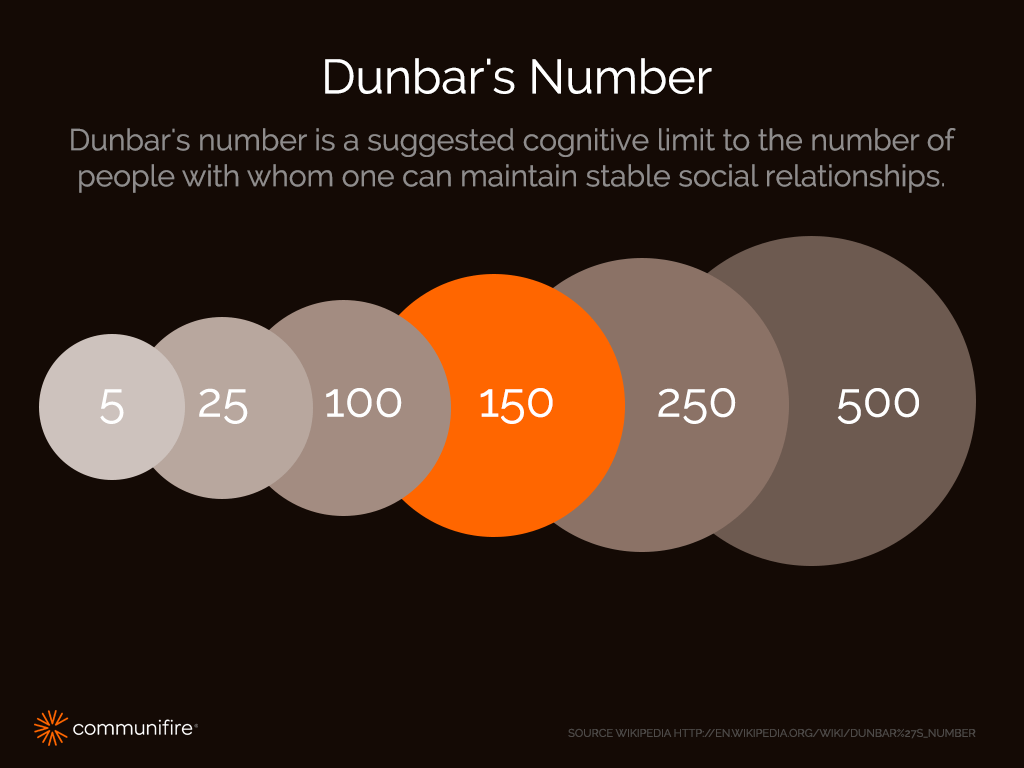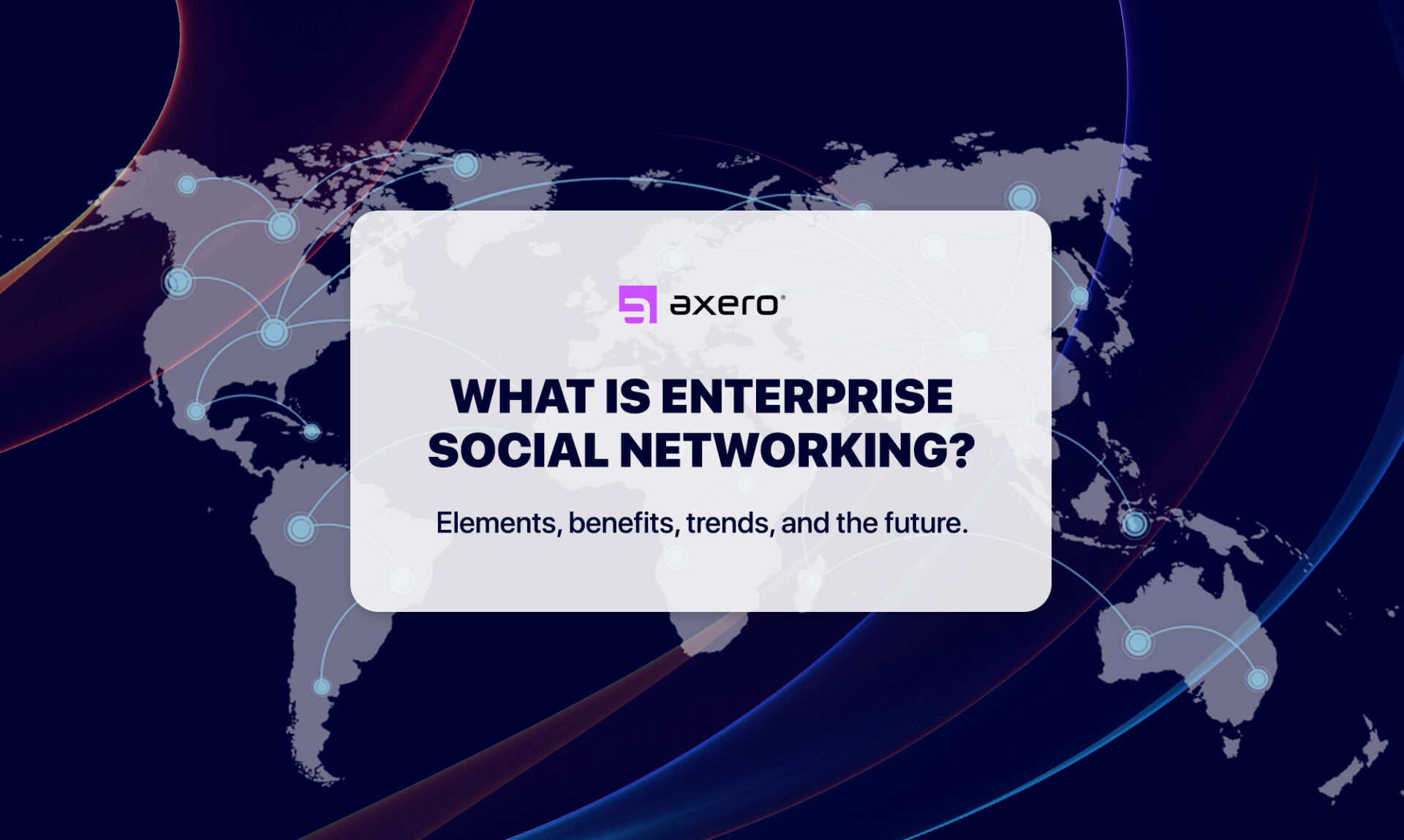In relationship economics, there’s a cognitive limit to the number of people with whom you can maintain stable relationships.
Table of Contents
Dunbar’s Number
It is called the Dunbar number, after the British anthropologist Robin Dunbar, who proposed that humans can only comfortably maintain between 100 and 250 stable relationships, with the sweet spot commonly set at or around 150.
(Even the famous author, Seth Godin, talks about this number. )
Anything above this number generally requires more restrictive rules, laws, and enforced norms.
150 has been shown to be the sweet spot for communities as well. However, this introduces a modern challenge: what happens when your work relationships have elements of online social relationships as well?
According to Dunbar, “there’s a very strong tendency for colleagues also to be your friends” in companies smaller than 500 people. Interestingly though, humans have the ability to facially recognize about 1,500 people. Maintaining relationships with such big units however becomes very casual.
Creating a Sense of Community
Most companies would want their employees to have a deep meaning and sense of obligation and reciprocity with “others” within the enterprise.
One way to do this is to create a greater sense of community. Being geographically close is one of the most effective ways of creating that sense of community. However, this is not always possible with remote working on the rise.
Social intranets have been shown to enable people maintain close ties with those on the outer edges of their group. These are people you don’t see or talk to regularly, but you know where they fit into your social circle and they know you fit into theirs. As long as you have history with them, probably from working in the same department, on a project, or as acquaintances in one way or another, it is possible to maintain a relationship with them. Your company’s social intranet is a powerful way to keep those ties bound.
In the past, new friends and contacts easily replaced older ones as you graduated, switched jobs, or moved to a new city. With social networks, old friends can stick around with your new friends. Their social profile contains all the vital stats you need to maintain and/or renew your friendship.
Social Knows No Bounds
According to a LinkedIn study, 39% of employees at socially engaged companies feel more connected with co-workers outside of their core teams. What is more, 59% use social media to build relationships within the company.
Social connections are not limited to employees within the same department. They allow them to build and maintain relationships with customers and prospects as well.
A company intranet environment helps create the potential for market and cross-departmental collaboration and communication. When teams work together to solve a common problem, service a customer, or improve a system, relationships are built and these can lay the foundation for future successes. As long as a social environment exists, any kind of relationship can be established and effectively maintained.
People, Experiences, and Aspirations
Relationship economics on your intranet begins with employees, and businesses that are investing in employee relationships are the ones reaping real value.
The people within your company or enterprise have experiences and aspirations. They feel valued when they are able to express these and share them with friends and colleagues. Social media is good at fostering such an environment and so are enterprise social networks.
Employees have a lot to share.
Their experiences within and beyond the company are of real value to others. The act of sharing stuff forms bonds and establishes trust that can be leveraged in future projects.
Sharing experiences of a completed project provides insight for others working on similar or related projects. When employees share challenges, successes, and even their aspirations, this adds real value to the company intranet since this information can always be referenced by others even years to come.
Your aspirations are also a great motivator for doing effective work.
When you document your aspirations and how you go about attaining them, you can form a framework on how to set and attain similar goals for others in the workplace. As you can imagine, this is rich data than can be used by anybody within and outside of the network for better project management that delivers results. This is especially valuable when coming from a veteran employee or one with a lot of experience working in similar environments.
Only by investing in relationships will the value of a company’s employee engagement programs be evident.
Luckily, this is not too difficult.
An enterprise social intranet that enables teams to collaborate, share, and learn is just what is needed to foster such an environment and increase engagement among workers, which is the lifeblood of an organization.










